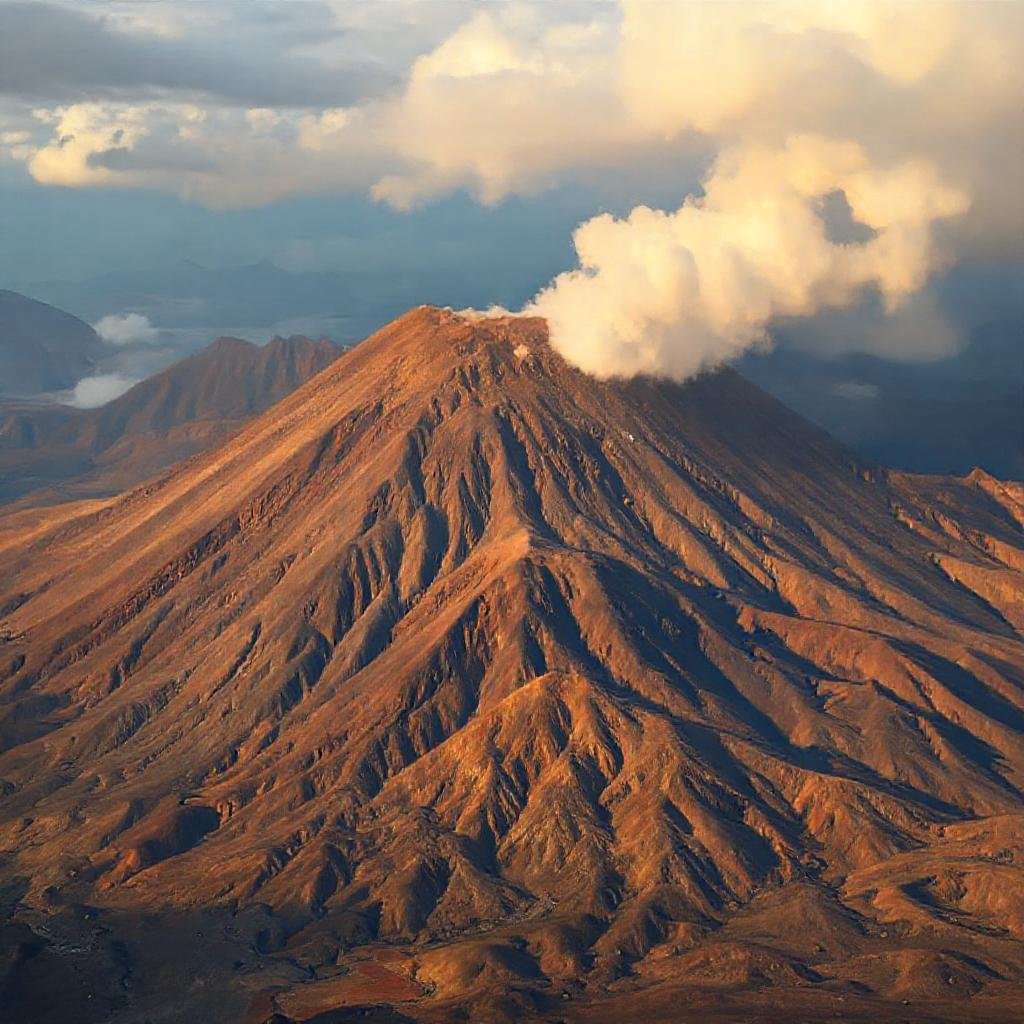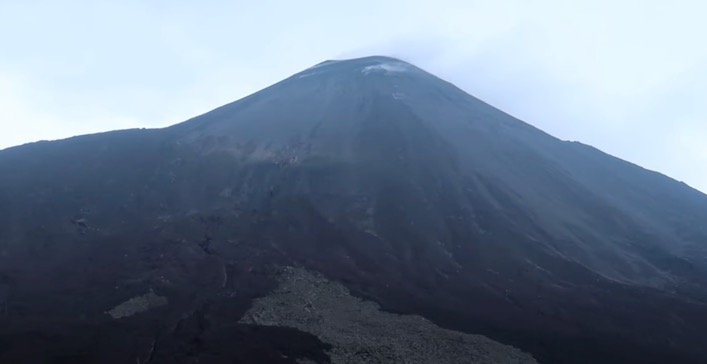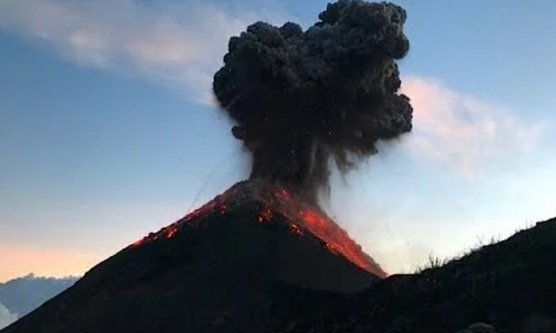How many volcanoes are there in Guatemala?

Guatemala is a country famous not only for its rich culture and history, but also for its impressive volcanic geography.
With more than thirty volcanoes, some of which are among the most active in Latin America, these natural giants largely define the landscape and character of the Guatemalan territory.
For Guatemalans abroad, and especially for those in the United States, these volcanoes are symbols of their homeland, evoking both pride and respect for their power and majesty.
General Description of the Volcanoes in Guatemala
Guatemala is located on the Pacific Ring of Fire, one of the most active seismic and volcanic zones in the world.
Of the country’s 37 volcanoes, several are active, including the famous Volcán de Fuego, whose eruptions are natural spectacles that attract scientists and tourists from all over the world.
Each volcano in Guatemala has unique characteristics that contribute to the country’s biodiversity and geography. From Tajumulco Volcano, the highest point in Central America, to Pacaya Volcano, known for its accessible lava flows, the variety of these natural giants is astounding.
Emblematic Volcanoes of Guatemala
Guatemala is famous for its impressive chain of volcanoes, which not only dominate the landscape but also play a crucial role in the country’s culture and ecology.
Here we explore some of Guatemala’s most emblematic volcanoes, each with its own history and unique characteristics.
Pacaya Volcano
One of the most active and popular volcanoes in Guatemala is the Pacaya Volcano. Located near Guatemala City, Pacaya is famous for its accessibility and the impressive lava views it offers during its eruptions.

This volcano is a key tourist destination, offering visitors the opportunity to experience the power of nature up close.
Volcano of Fire
Volcán de Fuego is another Guatemalan geological icon, known for its constant activity and spectacular eruptions.

Fuego’s proximity to populated areas has made its eruptions both an amazing natural spectacle and a cause for concern for local communities.
Tajumulco Volcano
The Tajumulco Volcano is not only notable for being the highest volcano in Guatemala, but also the highest point in all of Central America.

Its summit is a popular spot for mountaineers and adventurers seeking to conquer its height and enjoy the breathtaking panoramic views it offers.
Other volcanoes
In addition to the more well-known volcanoes such as Pacaya, Fuego and Tajumulco, Guatemala is home to other equally fascinating volcanoes that contribute to its famous mountainous silhouette and offer unique opportunities for exploration and study.
Volcán de Agua: Located near Antigua Guatemala, Volcán de Agua, known locally as “Hunapú”, rises majestically to more than 3,760 meters above sea level. Despite its name, this volcano has been dormant for many centuries, offering a serene landscape for hiking and outdoor activities. Legend has it that it was so named because of an ancient eruption that supposedly overflowed a crater lake, causing flooding in the region.
Acatenango Volcano: Neighboring Volcán de Fuego, Acatenango offers spectacular views of the eruptions of its more active companion. Its last eruption occurred in 1972, and since then it has been a popular place for hikes that allow adventurers to camp on its summit and observe Fuego’s volcanic activity up close.
Santa María Volcano: This volcano is famous for its dramatic eruption in 1902, one of the largest of the 20th century. Today, Santa María is still active and is known for its lava dome, the Santiaguito, which periodically expels ash and volcanic material. The volcano is a study point for volcanologists and offers challenging trekking routes for climbers.
San Pedro Volcano: Located on the shores of Lake Atitlán, San Pedro Volcano offers a more accessible hike that culminates in breathtaking views of the lake and its surroundings. This inactive volcano is part of the trilogy of volcanoes that surround the lake, being a favorite among tourists for its biodiversity and the panoramic landscapes it offers.
These volcanoes, along with many others in Guatemala, are not only witnesses to the geological force of the Earth, but are also centers of biodiversity and vital elements of Guatemalan cultural identity. To explore these giants is to immerse yourself in a world where nature and history meet in spectacular fashion.
Impact of Volcanoes on Culture and the Environment
Volcanoes are not only an essential part of Guatemala’s physical landscape, but also play a crucial role in the country’s culture and daily life.
Culturally, volcanoes are imbued with meaning, often seen as sacred mountains or places of spiritual power in Mayan and local traditions. Ceremonies and rituals often take place at these sites, reflecting their importance in the indigenous cosmovision.
Environmentally, volcanoes contribute significantly to Guatemala’s biodiversity. The slopes of these volcanoes are home to a variety of ecosystems, from cloud forests to areas of shrubby vegetation, each with unique species of flora and fauna.
In addition, volcanic ash often enriches the surrounding soils, benefiting local agriculture, although eruptions can also threaten these same lands.
Guatemala’s volcanoes are much more than mere mountains; they are a vital part of the national identity, contributing to the country’s natural beauty as well as to its cultural richness and biodiversity. For Guatemalans at home and abroad, these majestic peaks are a source of pride and constant wonder, reminding them of the powerful and vibrant land from which they come.
To explore and understand these volcanoes is to explore and understand a fundamental part of Guatemala, a country where the land itself tells stories of beauty and strength.






